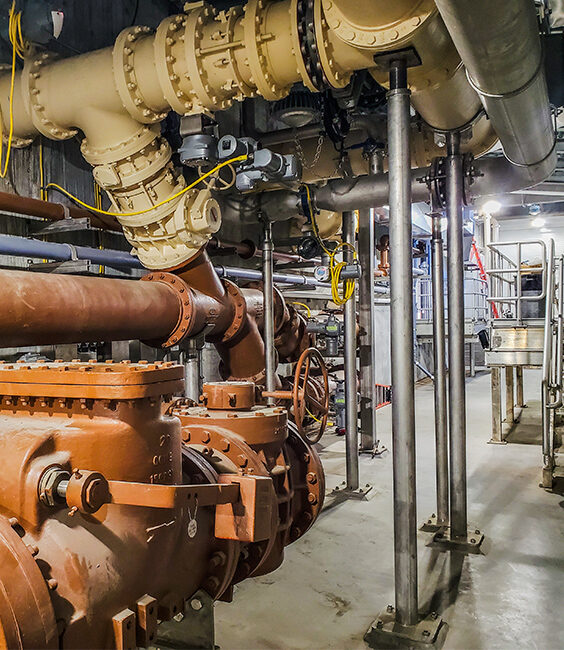Wolcott Wastewater Treatment Plant Expansion
Location
Kansas City, KSValue
$34 MDelivery Method
CMARClient Type
MunicipalProject Type
- Plant
To prepare for future population growth, improve effluent water quality, and reduce overflows caused by heavy rainfall, the Unified Government of Wyandotte County and Kansas City (UG) was ready to update their Wolcott Wastewater Treatment Plant (WWTP). The UG selected Garney as their construction manager at risk to expand their aging 0.3 MGD plant up to a maximum rated capacity of 6 MGD.
Through value engineering, Garney was able to save the UG $6.2 million by reducing the overall size of the treatment facility, reducing the depth of one of the pump stations, and eliminating the need for an onsite stormwater pond. In addition, Garney expedited procurement of the earthwork, site setup, and process equipment packages to keep key items off the critical path schedule and further enhance cost savings to the UG.
Preconstruction of the Wolcott WWTP began in early 2019 and the facility began operation in December 2021. The facility is the fifth treatment plant in the U.S.—and first in the state of Kansas—to use aerobic granular sludge (AGS) technology for biological nutrient removal.
Other construction components included chemical feed systems, AGS basins with fine-bubble diffusers, AGS and domestic blowers, waste activated sludge (WAS) / thickened waste activated sludge (TWAS) tanks with coarse bubble diffusers, ultraviolet disinfection, a headworks facility, and a solids processing facility that includes tertiary filtration and rotary drum thickeners. Additionally, an offsite influent pump station was constructed that required sheet pile shoring installed to a depth of 40 feet. Three 87 hp submersible influent non-clog centrifugal pumps were installed, which pump water through a new force main to the main treatment facility. Overall, more than 3,200 linear feet of pipe was installed throughout the site.









